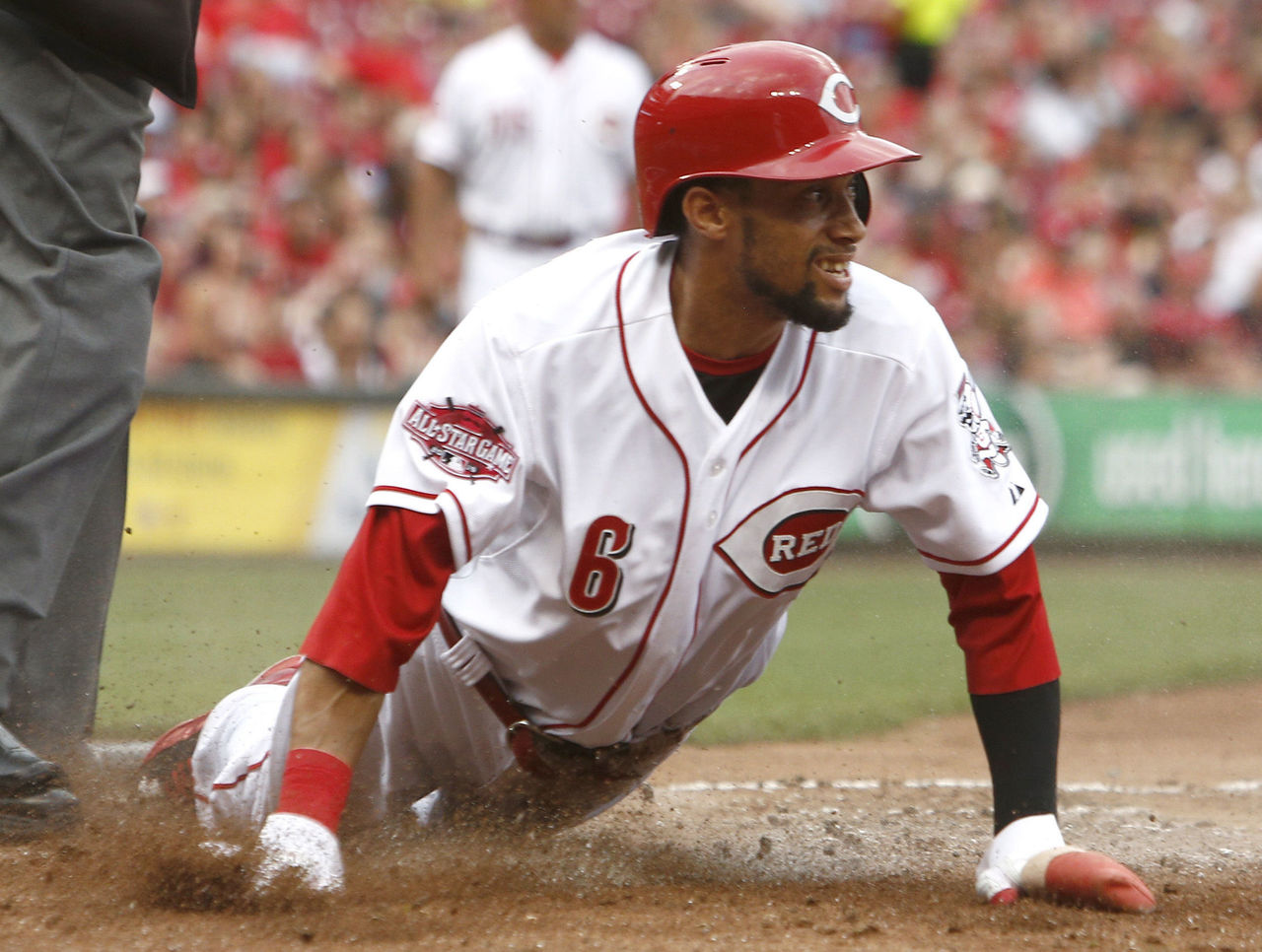Winning Fantasy Baseball Strategy - Rotisserie League Edition
Rotisserie baseball is the oldest wide-appeal fantasy format - and yet, many fantasy players still struggle with how to build a competent rotisserie roster.
For those new to the format, rotisserie assigns descending point totals for each statistical category based on how many teams are in the league. For example, in a 12-team configuration, each category is worth a maximum of 12 points if you finish first in that stat, down to one point if you finish last.
The goal, then, is simple: Finish at or near the top of as many statistical categories as possible in order to accumulate the highest overall point total and win the league.
Rotisserie leagues come in endless forms - far too many to list here. These general strategies apply to the majority of rotisserie league types, including AL- or NL-specific configurations.

It's All About Balance
The only way you're winning a rotisserie pool is by being proficient in a variety of statistical categories. Punting one category to strengthen others is only a good strategy if you dominate in those categories - and there's no guarantee it will work if your opponent has built a well-balanced roster.
Rotisserie enthusiasts gunning for a championship should do their best to field the most balanced roster possible. While there's no harm in assembling areas of strength - more on that later - it shouldn't come at the expense of other categories. 1s or 2s only make winning a title that much harder.
Target players who contribute in a number of different categories. And focus on stat scarcity; rather than select a 30-HR, 5-SB outfielder, seek out a 20-HR, 15-SB player, as home runs are easier to find on the waiver wire than steals. The greater the statistical versatility, the more valuable the player.

Do Your League Research
In the majority of annual rotisserie baseball leagues, players can look at a variety of stats from previous years. This can prove valuable to those who are interested in knowing which rough statistical benchmarks are required to finish high in a particular category.
Players with access should consider going through the previous three or even five years worth of data to form a better idea of what they'll need as a benchmark. This eliminates the possibility of a previous-year outlier fudging the data, resulting in unrealistic target totals.
The more you know about what is required to succeed in each rotisserie category, the better prepared you'll be to reach those totals.

Set Statistical Targets
Once you've done the research, you should know exactly how to build a successful rotisserie roster - and setting stat targets is critical to the plan.
Let's say, in five years of league data, you discover that accumulating 200 home runs was good enough for no lower than a top-3 finish in that category. And let's say that your goal is to post a top-3 result in every category. You could then surmise that 200 home runs is a reasonable goal for 2016.
Players should have targets and goals for every stat category in their league. Whether that is to finish third across the board, or first in half the categories and no worse than fifth in the others, putting a plan in place will make navigating the draft that much easier.
Keep in mind, as well, that you don't need to achieve all of your stat goals at the draft. If you believe you need 60 saves for a top-3 finish but don't draft a closer, you can acquire the necessary saves in other ways, such as finding them on the waiver wire or snagging them via trade.

Build a Buffer Where you Can
Let's say you've reached your stolen base target number, and Billy Hamilton is on the board in a spot where he would be a solid pick. Should you pass him over? Not at all. In fact, picking Hamilton provides you with the biggest rotisserie asset out there: Excess.
If you're able to build a big early lead in stolen bases, Hamilton becomes a significant trade chip to an owner in desperate need of steals. Value-for-value trades are the best way to make notable gains in the standings, and those trades are most commonly performed between owners with excess.
There's a caveat here: you'll need to project whether you'll be able to maintain a strong showing in whichever category you're dealing from. If you're projected to lose more points in that category than you're gaining in others, it's probably wise to consider a different trade.

Be Patient - to a Point
Early overreaction is one of the biggest mistakes rotisserie players make. How many people panic-traded Edwin Encarnacion after he slashed .205/.258/.352 with four homers and 10 RBIs in 23 April games? And there's a good chance most of those fantasy owners came away with the worse end of the deal.
Some players are slow starters - plain and simple. It's important to know which players fall into this category heading into the draft, so you know what you're getting into if you select one of them. Fantasy titles aren't won in the first month of the year - but they can certainly be lost through panic moves.
That said, don't hesitate to pounce on owners who do panic. Some of the best moves are made by looking past a player's frigid start and correctly projecting a course correction; buying low certainly isn't new, but it's still one of the best ways to improve your roster.